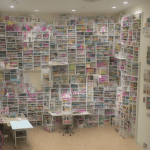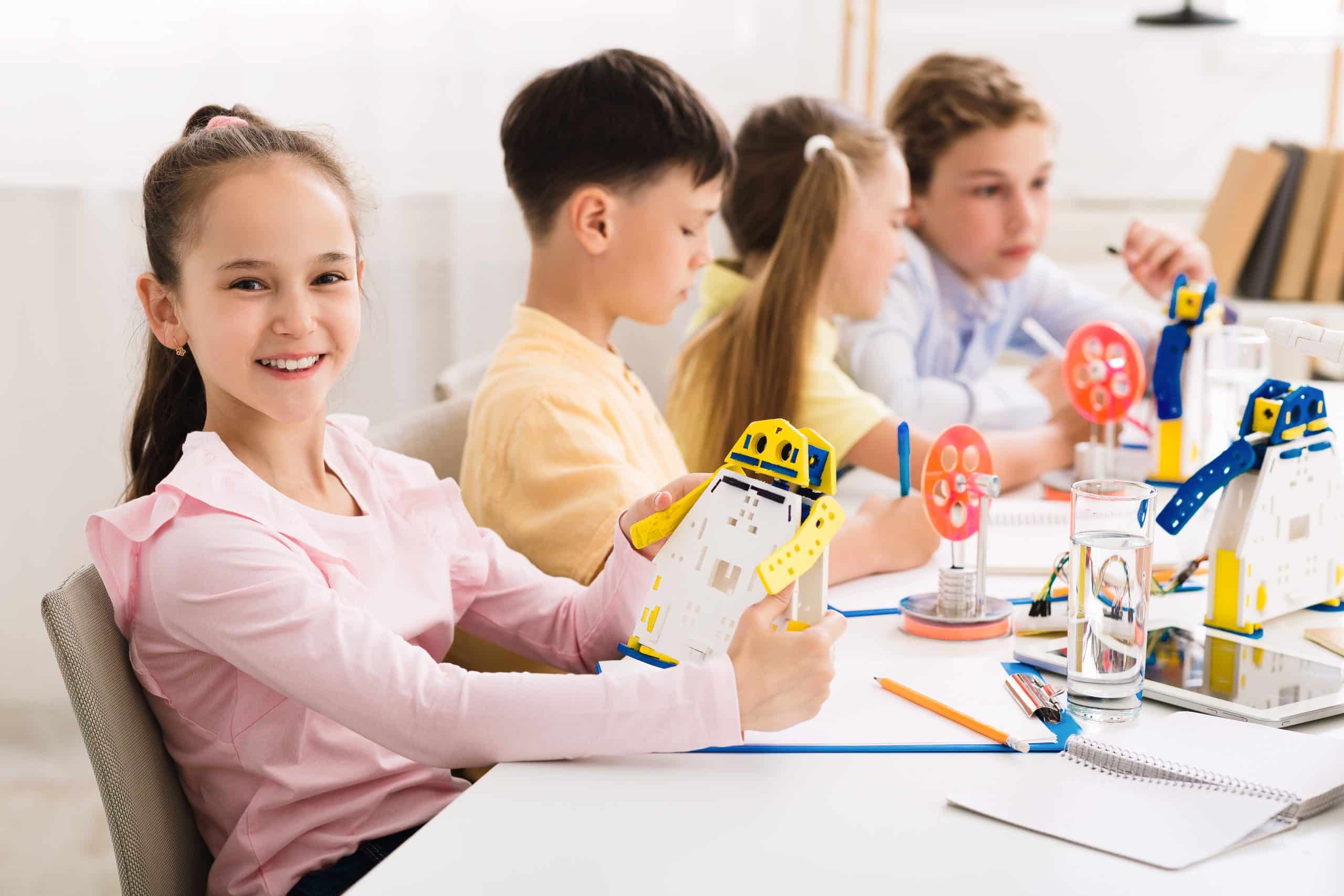Creating a dynamic, stimulating, and comfortable space for your child is an essential task. By ensuring that the room is designed to foster creativity, learning, and play, you can contribute to your child’s cognitive and emotional development. This article will explore the best approach to creating an engaging and educational kid’s bedroom, with a focus on Montessori principles, room design, furniture, reading space, wall decor, and purposeful toy selection.
Incorporating Montessori Principles into Room Design
If you’re not familiar with Maria Montessori’s philosophy, it’s a child-centered teaching approach that respects and nurtures kids’ natural desire to learn. This philosophy can be applied to their bedroom design, creating a space that encourages independence, curiosity, and creativity.
Also read : How to Design a Home Library with a Hidden Door for a Secret Retreat?
To create a Montessori-inspired room, consider the room from your child’s perspective. The furniture should be scaled-down to suit their size. This will allow them to reach items independently, boosting their confidence and self-reliance.
Avoid overloading the room with toys, as this can be overwhelming for children. Instead, opt for a selection of educational toys that appeal to your child’s interests and abilities. Remember to rotate these regularly to maintain interest and stimulate diverse areas of learning.
Also to discover : How Can You Design a Home Exterior with Drought-Resistant Landscaping and Water Conservation Features?
Choosing the Right Furniture for Learning and Play
An essential part of designing a child’s bedroom is selecting furniture that promotes learning and play. Traditional options include kid-sized tables and chairs, which can be used for activities like drawing, building with blocks, or pretend play.
When selecting a bed, consider a low, accessible design that allows your child to get in and out independently. Not only does this foster self-reliance, but it also makes the room safer.
Storage is another key concern. Ensure there are plenty of easy-to-reach shelves and boxes for your child to manage their toys and books. This encourages responsibility and makes cleanup time a breeze.
Creating a Dedicated Reading Space
Fostering a love for reading from a young age is beneficial to children’s cognitive and emotional development. Including a dedicated reading area in your child’s room is a fantastic way to nurture this habit.
A cozy reading nook with a comfortable chair or a pile of cushions is a great starting point. Add a bookshelf at your child’s height, encouraging them to choose their own books. This gives them a sense of independence and ownership over their reading.
Aim to keep the reading area quiet and separate from the play space to allow for concentration. This will make reading a more enjoyable and relaxing activity.
Wall Decor That Stimulates the Imagination
Wall decor is not only a way to make your child’s room aesthetically pleasing, but it can also stimulate imagination and creativity. Consider incorporating learning elements, such as an alphabet chart, a world map, or a solar system poster.
Murals can be a fantastic way to transform a wall into a canvas for storytelling and imaginative play. For example, a jungle scene can inspire adventures and animal encounters, while a cityscape can ignite role-playing games.
Remember, though, your child’s bedroom should be a calm, comfortable space for rest. Avoid overloading the walls with vibrant, chaotic designs that may cause overstimulation.
Selecting Toys That Encourage Learning and Creativity
The toys you choose for your child play a significant role in their development. Incorporating educational toys into their bedroom can encourage a love for learning.
Look for toys that stimulate creativity, such as construction sets, art supplies, and pretend-play items. Toys that challenge problem-solving skills, such as puzzles and board games, are also fantastic choices.
Remember, it’s not about the quantity of toys, but the quality. Aim for diversity in the types of toys to encourage different areas of learning and play.
Creating a child’s bedroom that encourages learning and imagination requires thoughtful planning and design. By incorporating Montessori principles, considering furniture selection, creating a dedicated reading space, creatively using wall decor, and carefully selecting toys, you can create a dynamic, educational space that your child will love to spend time in.
The Magic of a Montessori-Style Child’s Bedroom
Taking a child-centered approach when designing your kid’s room will encourage them to explore, learn, and play independently. Embracing Montessori principles in the child bedroom design will help to create an engaging and interactive environment that nurtures their curiosity and creativity.
This begins with furniture that is scaled down to their size, inviting them to interact with their environment more fully. A toddler room furnished with a low bed, a small table and chairs, and accessible storage solutions empowers the child to manage their possessions and move around safely.
Moreover, it is not only about having the right furniture but also about limiting the number of items in the room. An abundance of toys can be overwhelming, distracting, and ultimately counterproductive. Instead, a curated selection that aligns with your child’s interests and developmental stage, and that is rotated regularly, can stimulate various learning areas and keep their interest alive.
Inspiring Learning Through a Dedicated Reading Nook and Creative Wall Decor
Creating a dedicated reading space is another critical aspect of designing a children’s bedroom that fosters learning and imagination. An inviting reading nook, perhaps a cozy chair or a bean bag surrounded by a selection of books on a low shelf, gives your child ownership over their reading. This setup encourages them to explore books independently, fostering a love for reading that will help in their cognitive development.
Wall decor can also play a significant role in stimulating the imagination. An alphabet chart, a world map, or a solar system poster can spark curiosity about the world and their place in it. A mural can transform a bare wall into a storytelling springboard, sparking imaginative play and role-playing.
However, it’s important to ensure that the wall decor doesn’t turn the room into a sensory overload. The kids room should remain a tranquil space that promotes restful sleep.
Conclusion: Designing a Child’s Learning Space with Imagination and Functionality in Mind
Designing a child room that both encourages learning and sparks imagination is a balance of careful planning and thoughtful decisions. Incorporating Montessori style principles, creating a cozy reading nook, selecting the right furniture, and using educational wall decor are all part of the process.
Emphasizing quality over quantity, both in terms of toys and decor, will help to create an environment that is stimulating without being overwhelming. Considering the child’s perspective in every aspect of the design can result in a space that not only fosters independent learning but also invites creativity and play.
Remember, a well-designed child’s bedroom is more than just a place to sleep; it’s a study room, a playground, a world of imagination, and a safe haven. It’s a space that molds your child’s growth, development, and love for learning.













